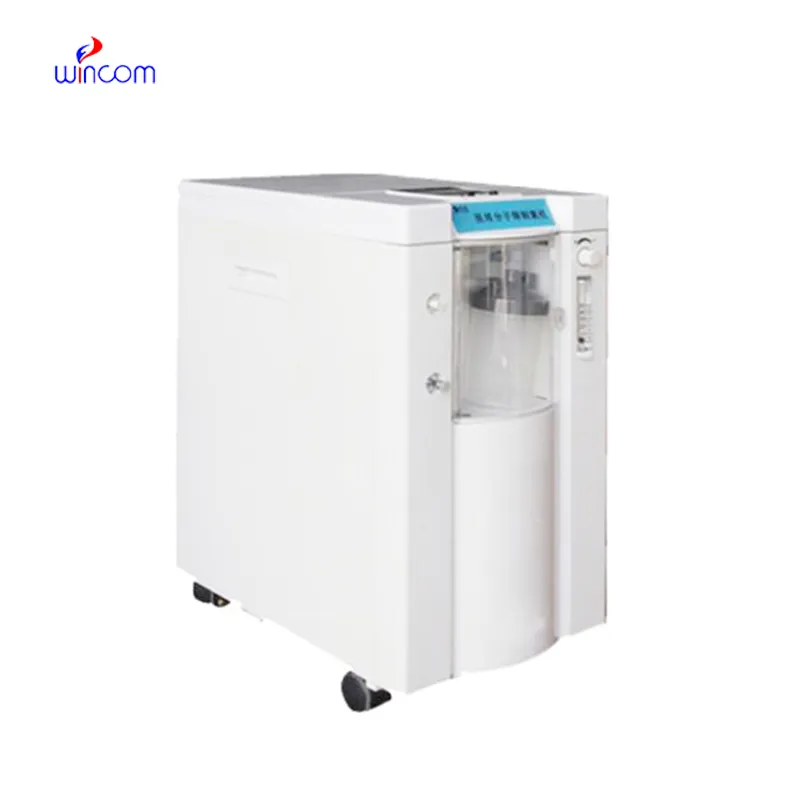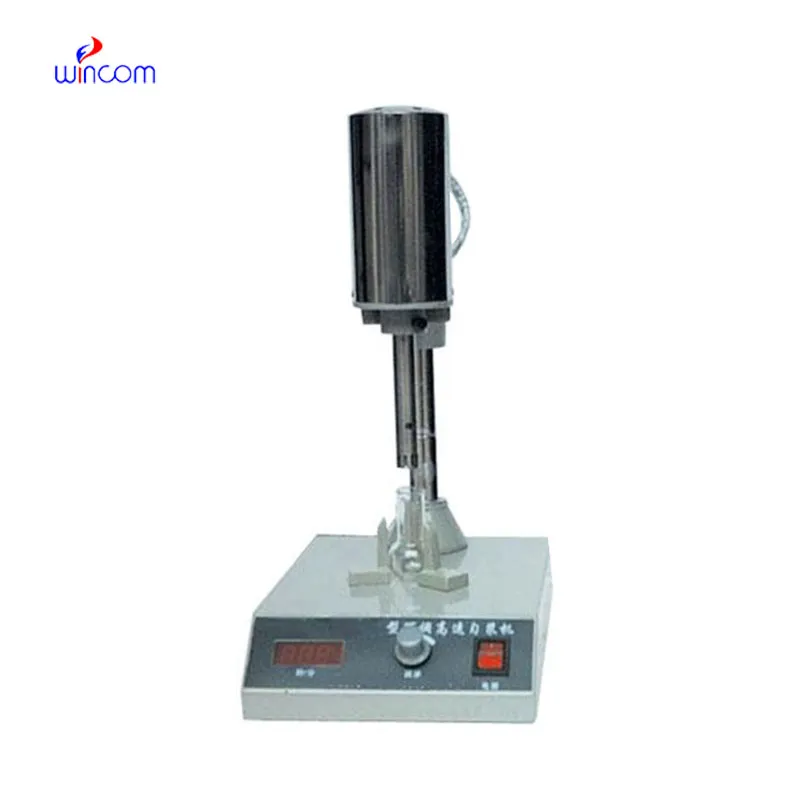
The circulating water bath is designed with reliable temperature control and stable performance in consideration. It has even heating properties that qualify it as a requirement for accurate laboratory testing. The digital temperature controller ensures a safe operation, while the insulated body ensures thermal efficiency. The circulating water bath has safety features such as automatic shut-off and overheat protection. Its corrosion-proof stainless steel chamber offers durability for a long period and easy cleaning. Small in size but very effective, the circulating water bath can be used for a wide variety of laboratory applications where consistent heat and reproducibility are required.

The circulating water bath is used worldwide in analytical, educational, and industrial laboratories. It offers regulated temperature conditions for the incubation of samples, preheating of reagents, and testing of materials. In biotechnology, the circulating water bath offers ideal temperatures for enzyme and cell-catalyzed reactions. It is also applied in the manufacture of pharmaceuticals to offer reliable heat in tests. As a result of its precise and consistent control of temperature, the circulating water bath ensures the reproducibility of experiments and is hence an essential tool in temperature-sensitive laboratory operations.

The next generation of the circulating water bath will combine the newest digital innovation with sustainable design. Better microprocessor systems will increase temperature accuracy, and integrated IoT capabilities will enable live monitoring and control via mobile or desktop interfaces. Next-generation models will be focused on energy conservation and user safety, with self-off and water level alerts becoming intelligent. The circulating water bath will become a smart lab device, enhancing efficiency, accuracy, and adaptability in different research applications.

For effective operation, the circulating water bath requires frequent servicing. Cleaning and draining of the water chamber daily in order to eliminate sediment and biofilm. The use of filtered or deionized water prevents deposits. The heaters, seals, and gaskets must always be inspected for wear. Cleaning with a damp cloth on the outer surface with care. Scheduling calibration of the temperature control system ensures continuous accuracy. Regularly maintained circulating water bath offers consistent heating performance and optimizes working life under operating laboratory conditions.
A circulating water bath is an easy way to have constant temperatures for a number of laboratory applications. It possesses a heating element and thermostat to maintain the water at a level chosen by the user. Scientists rely on the circulating water bath for incubation, chemical reaction, and sample heating operations that require accurate temperature control. The gentle circulation of the water prevents hot spots and cold spots from occurring, providing uniform heat transfer. Constructed with a strong outer casing and safety mechanisms, the circulating water bath is a workhorse for routine and specialized lab procedures.
Q: What types of laboratory work benefit from using a water bath? A: Water baths are used in microbiology, chemistry, and biotechnology for incubating samples, warming reagents, and melting substances safely. Q: How can contamination be prevented inside a water bath? A: Cleaning the tank regularly, using distilled water, and covering the bath when not in use can significantly reduce contamination risk. Q: Is it safe to leave a water bath running overnight? A: It is generally safe for models with over-temperature protection, but regular supervision and adherence to manufacturer guidelines are strongly advised. Q: What causes uneven heating in a water bath? A: Uneven heating may result from improper circulation, incorrect water level, or malfunctioning heating elements. Q: Why is it important to monitor the water level in a bath? A: Maintaining an adequate water level prevents damage to heating elements and ensures consistent thermal contact with the samples.
We’ve used this centrifuge for several months now, and it has performed consistently well. The speed control and balance are excellent.
We’ve been using this mri machine for several months, and the image clarity is excellent. It’s reliable and easy for our team to operate.
To protect the privacy of our buyers, only public service email domains like Gmail, Yahoo, and MSN will be displayed. Additionally, only a limited portion of the inquiry content will be shown.
Could you share the specifications and price for your hospital bed models? We’re looking for adjus...
Hello, I’m interested in your water bath for laboratory applications. Can you confirm the temperat...
E-mail: [email protected]
Tel: +86-731-84176622
+86-731-84136655
Address: Rm.1507,Xinsancheng Plaza. No.58, Renmin Road(E),Changsha,Hunan,China